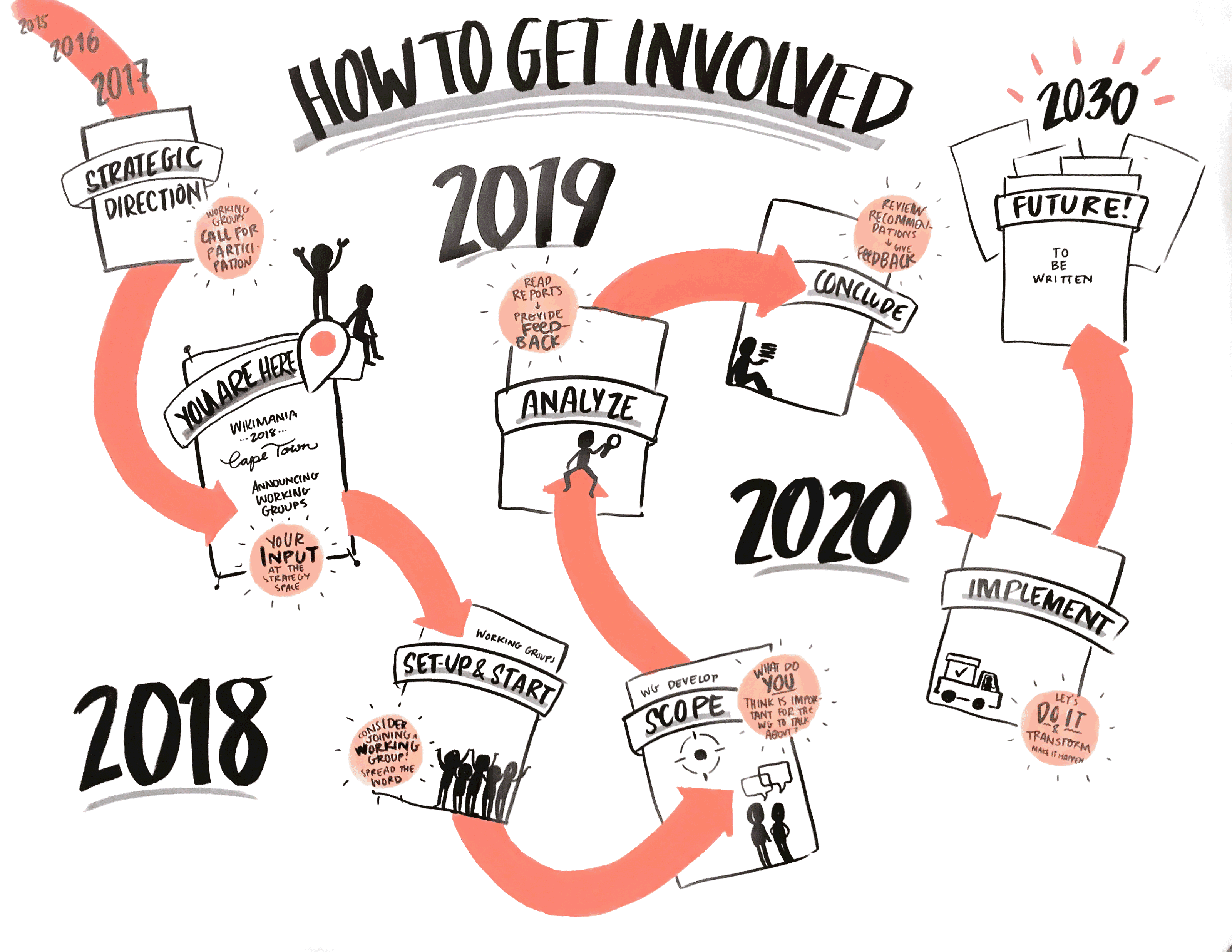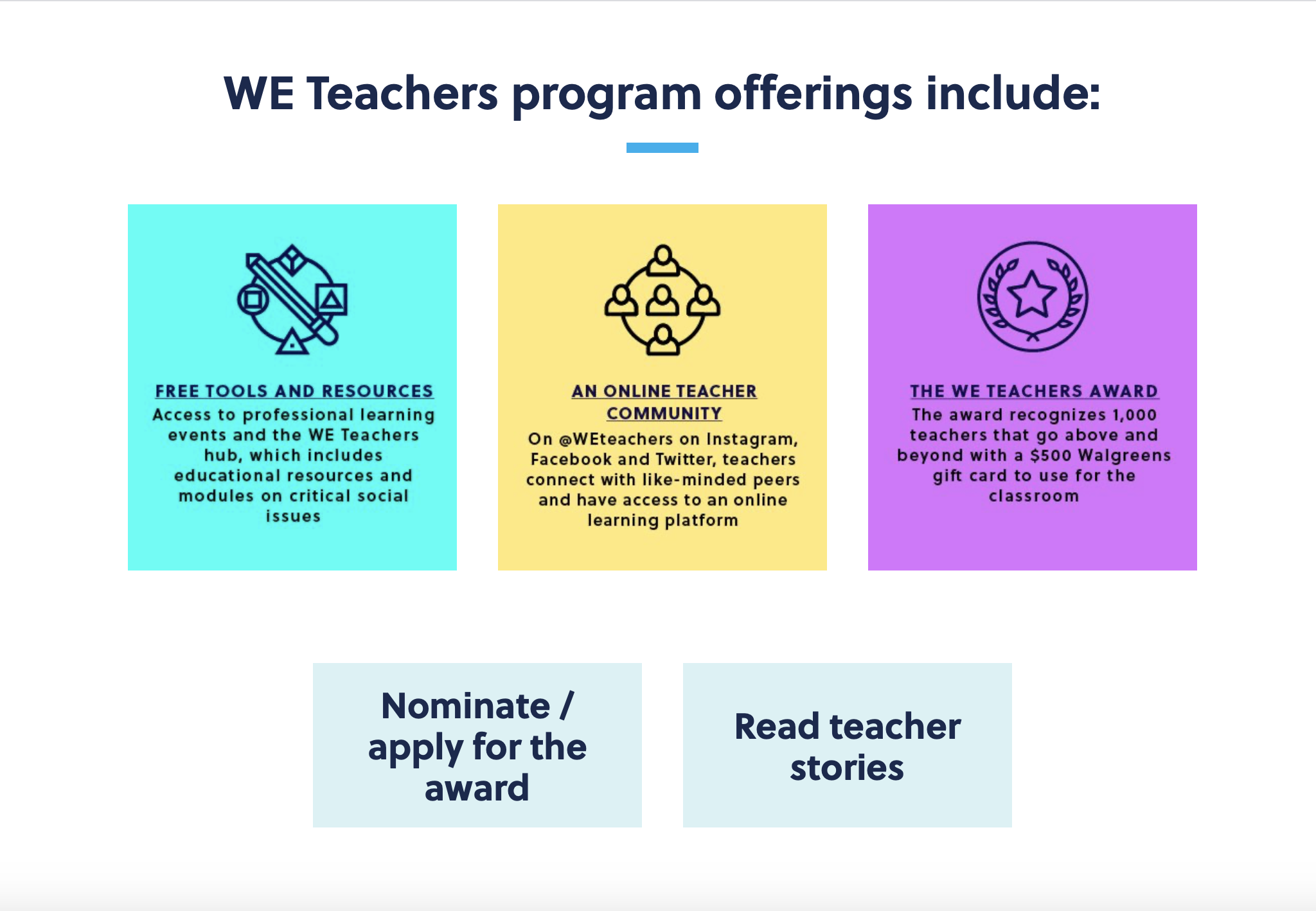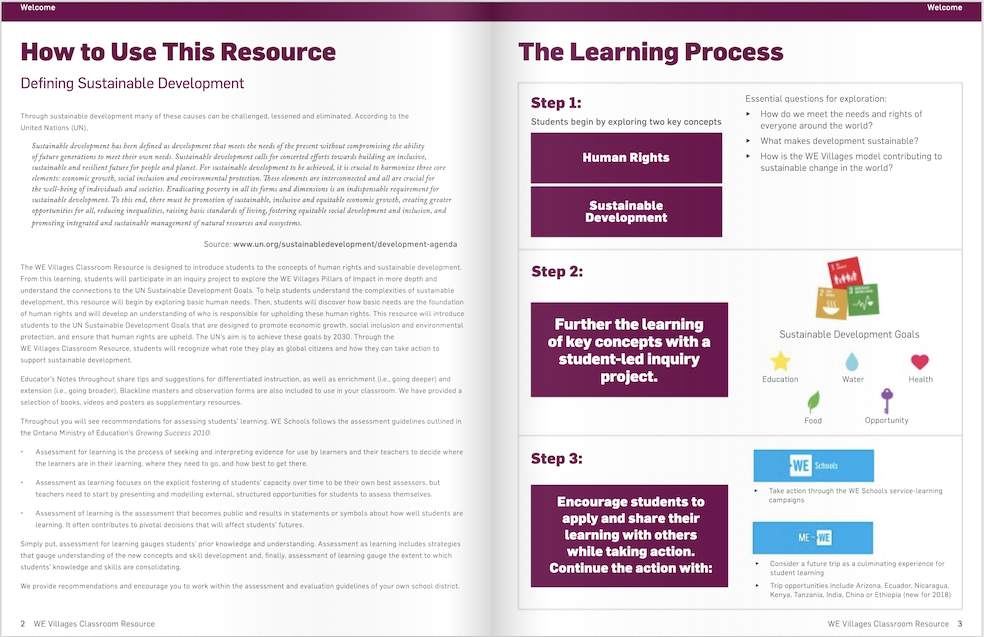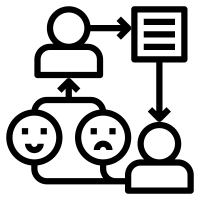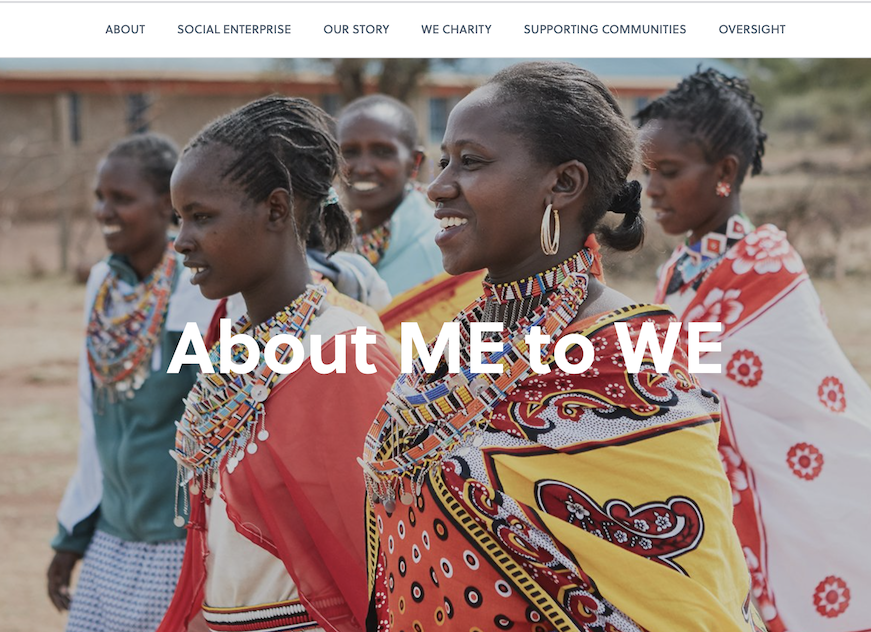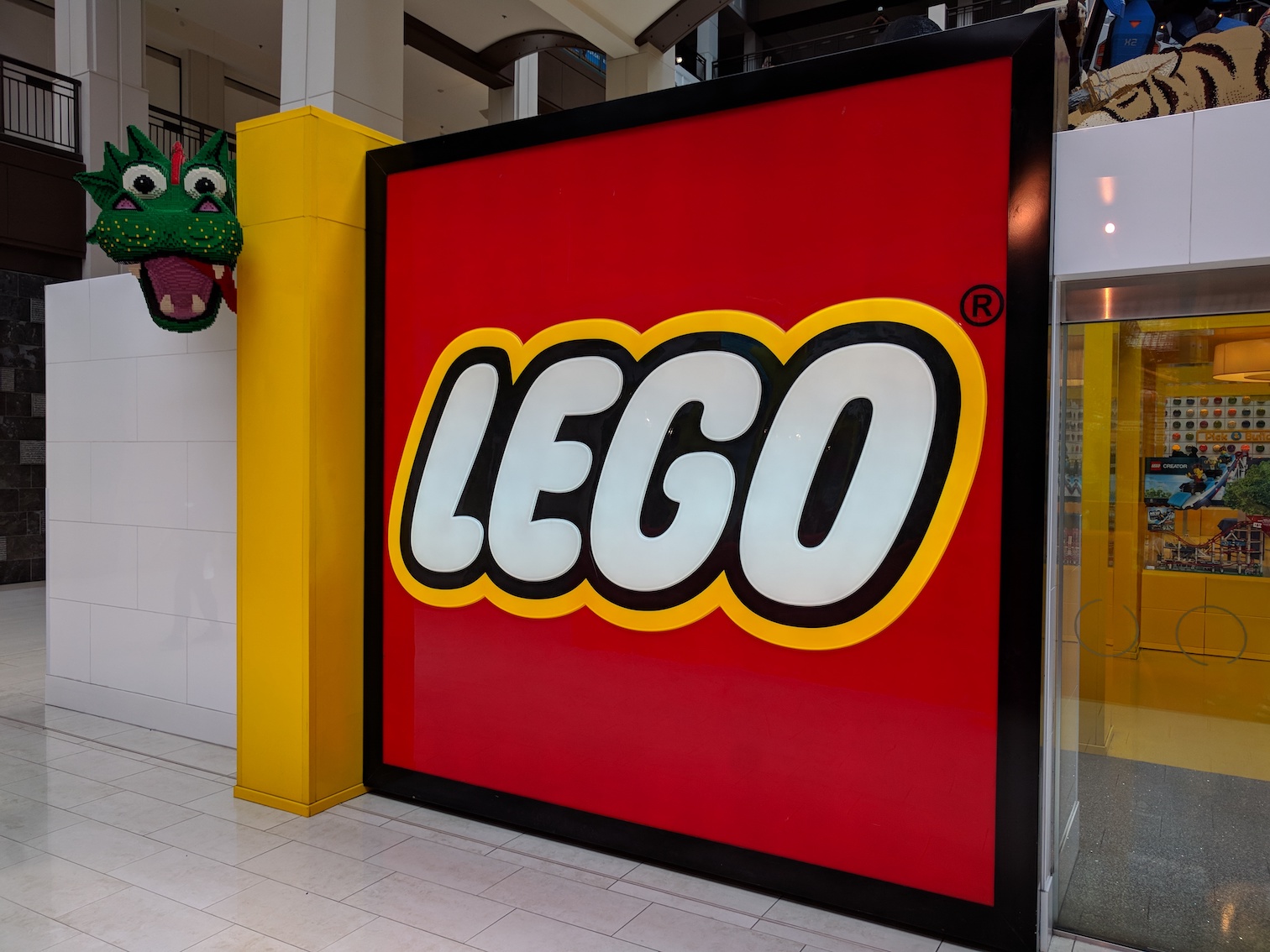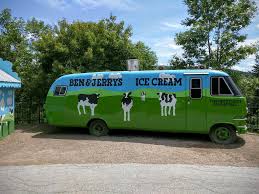Many times we fall into the trap of worrying about things that only directly affect us or those immediately around us. It is hard sometimes to think outside of our surroundings. It can be even harder to take action to help others that we do not have a direct connection to.
This is something that WE is working to accomplish. The goal is to encourage others to change the world and to realize what an individual is capable of doing.
The first step is deciding to be a WE Teacher. Luckily for those worried about needing to invest in another training course, this is a free online platform. It includes access to teacher resources as well as modules that involve critical social issues. In addition to this, it is important to become an active member of the WE Teachers community through Twitter, Facebook, and Instagram. Visiting these sites can be a great way to learn new information but does not contribute to creating a network of people helping others. A big part of being a global educator is making sure you are contributing back to the world and not just receiving information.
One of the teacher resources that will something I will use in my future classroom is the information in the WE Villages kit. This toolkit has lots of information about how to teach students sustainable development and understand their impact on the world. The way to present the information is broken down in the following way:
- Grades 1-3
- Grades 4-6
- Grades 7-8
- Grades 9-12
There is something important to be said about communication and the way that information is presented. The guide breaks down effective ways to teach students about sustainable development by age level. By doing this, you have a better chance of having the message develop meaning for your students. There is a combination of lecture material as well as different activities such as activities, games, and charts.
Another part of WE that I will make sure to attend (post Covid-19 of course) will be WE Day. One of the most important aspects of helping to create a world that encourages being a global collaborator is participating and meeting with others who share your same goals. These events provide an opportunity to do just that.
The final aspect of WE that I want to make sure I make sure to check in with the financial side of the initiative. Part of how they can continue training teachers is through the ME to WE Social Enterprises. All good things usually come with the need for some kind of funding involved. ME to WE contributes by collecting donations, creating jobs, and providing services to help the charity during events among other things. Without this group, the WE goals would be much more difficult to achieve.
I encourage everyone to take a look at WE and see which aspects they can incorporate into their classrooms. Taking an active step towards achieving the Global Goals is important for everyone to embrace. What will you do to help support the Global Goals?
